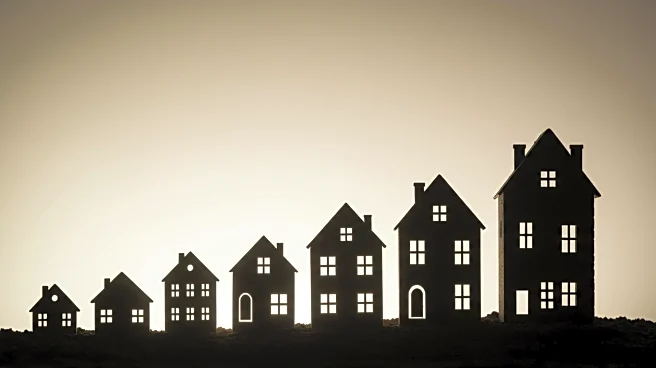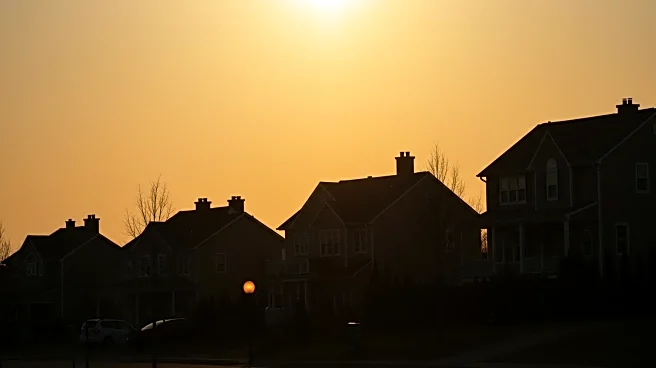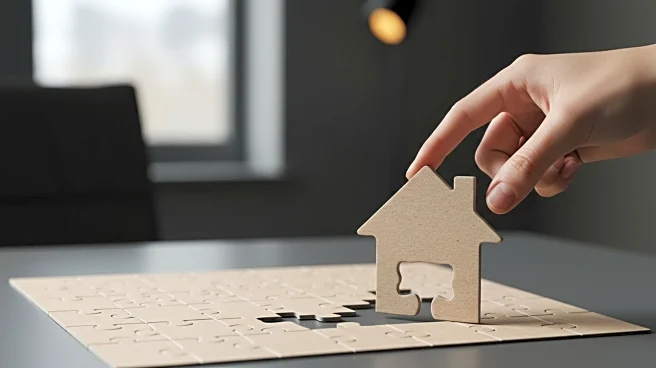What's Happening?
A growing number of U.S. homeowners are choosing to delist their properties rather than reduce asking prices, according to a report by Realtor.com. Delistings have increased by 38% since the start of 2025, with 21 homes being taken off the market for every 100 new listings in June. This trend is attributed to sellers' reluctance to lower prices despite a cooling housing market and rising inventory levels. The surge in housing prices during the COVID-19 pandemic has left many sellers with high expectations, which have not adjusted to the current market conditions. As a result, the housing market is experiencing a deadlock, with stagnant sales and high mortgage rates deterring potential buyers.
Why It's Important?
The increase in delistings highlights the challenges facing the U.S. housing market as it adjusts to post-pandemic realities. Sellers' unwillingness to lower prices could prolong market stagnation, affecting both buyers and sellers. For potential buyers, high prices and mortgage rates continue to be significant barriers, limiting access to homeownership. The situation also impacts real estate professionals and the broader economy, as housing is a key driver of economic activity. Understanding these dynamics is crucial for stakeholders looking to navigate the current market and anticipate future trends.
What's Next?
The housing market may continue to experience volatility as sellers and buyers adjust to new economic conditions. Potential policy interventions or changes in interest rates could influence market dynamics. Real estate professionals and policymakers will need to monitor these developments closely to address affordability issues and support market stability. In the meantime, sellers may need to reassess their pricing strategies to align with current demand and economic realities.











